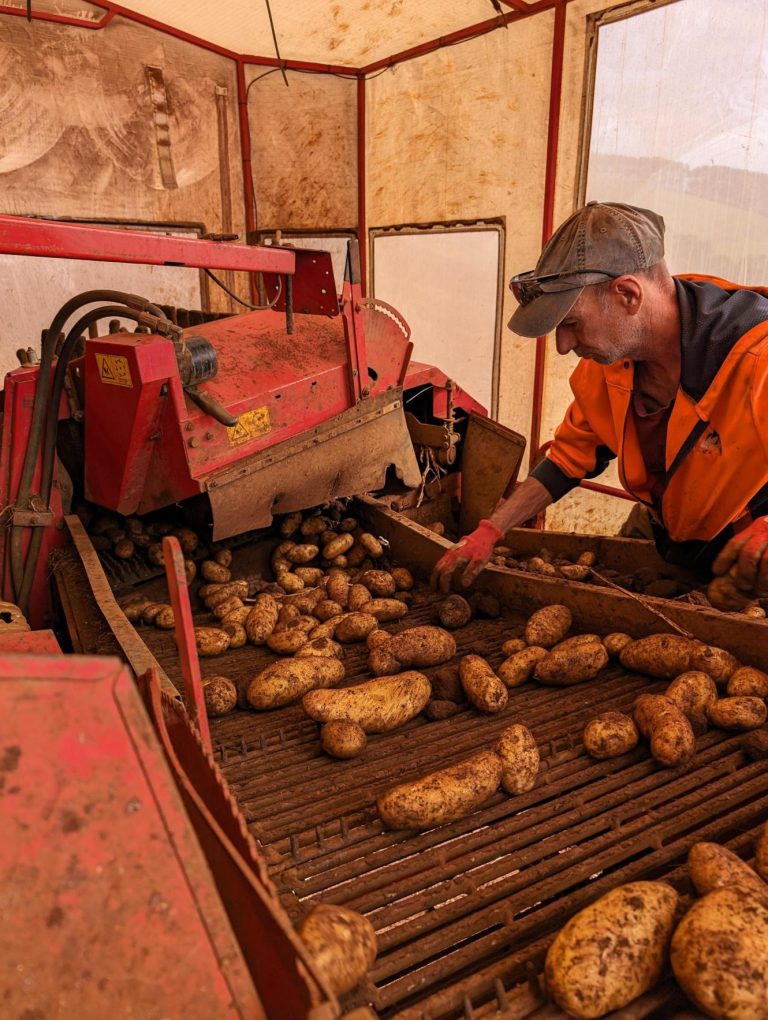In the highly competitive and ever-evolving horticulture industry, one aspect that holds the key to success is effective workforce management. A motivated, skilled, and well-managed labour force isn’t just an asset—it’s a necessity.
Yet, balancing the seasonal fluctuations in labour needs, managing worker expectations, and maintaining productivity can often feel like a juggling act. This article aims to serve as a comprehensive guide for farmers and labour managers, outlining crucial strategies for optimising your labour force. Not only will we offer actionable advice and real-world examples, but we will also delve into the potential consequences of failing to make these vital changes. Read on to discover how you can ensure a more efficient, harmonious, and profitable operation.
1. Understanding Seasonal Needs:
Actionable Item: Implement job rotation to address different crop lifecycles.
Example: For farms that grow multiple crops with differing lifecycles, rotate workers through different roles. This way, labour can smoothly transition from one crop’s off-season to another’s peak demand without requiring new hires.
Consequence of Not Making the Change: Lack of job rotation can lead to specialised but idle workers during their crop’s off-season, wasting human resources and requiring additional hiring for other crops.
2. Investing in Training:
Actionable Item: Implement regular training sessions on specific subjects like equipment handling.
Example: Hosting monthly workshops on tractor maintenance can prevent breakdowns and improve efficiency. Providing hands-on training can also enhance safety on the farm.
Consequence of Not Making the Change: Lack of training can lead to increased accidents, reduced efficiency, and a longer time to complete tasks.
3. Implementing Flexible Scheduling:
Actionable Item: Utilise scheduling software to manage shifts according to seasonal needs.
Example: During planting season, implement longer shifts, and allow more off-days during slower periods. This balances workload and prevents burnout.
Consequence of Not Making the Change: Rigid scheduling can lead to employee burnout during peak seasons and financial waste during slow periods.
4. Fostering a Positive Work Environment:
Actionable Item: Encourage team-building activities and open forums for communication.
Example: A weekly farm lunch/BBQ can foster camaraderie. Regular informal feedback promote open communication and allow workers to voice concerns or suggestions in a casual manner.
Consequence of Not Making the Change: A negative work environment can lead to high turnover, low morale, and reduced productivity and profits.
5. Utilising Technology:
Actionable Item: Integrate biometric systems for attendance and task tracking.
Example: Use fingerprint or facial recognition systems to log worker attendance and assign daily tasks, seamlessly linking to your farm management software.
Consequence of Not Making the Change: Relying on manual timekeeping and task assignment can lead to errors, attendance fraud, and reduced accountability, affecting overall productivity and profit.
6. Setting Clear Expectations and Goals:
Actionable Item: Implement a “buddy system” for new hires.
Example: Pair new workers with experienced ones for their first week, allowing the new employee to have a clearer understanding of their roles and responsibilities.
Consequence of Not Making the Change: Without proper orientation, new hires may take longer to become productive, affecting overall labour efficiency.
7. Providing Competitive Compensation and Benefits:
Actionable Item: Offer performance-based bonuses.
Example: Implement a bonus system that rewards workers for exceeding productivity targets, such as harvesting more than a set quota.
Consequence of Not Making the Change: Without performance incentives, workers may lack motivation to go above and beyond, limiting your farm’s potential productivity.
8. Creating Opportunities for Skill Development:
Actionable Item: Offer cross-training opportunities in different farm operations.
Example: Allow workers to learn additional skills such as operating irrigation systems or managing pest control, even if their main role is harvesting.
Consequence of Not Making the Change: Without cross-training, your workforce remains specialised but inflexible, creating challenges in times of staff shortages or unexpected operational needs.
9. Encouraging Worker Retention:
Actionable Item: Implement a structured career progression plan.
Example: Outline a clear career path within the company, complete with the training and milestones needed for advancement.
Consequence of Not Making the Change: A lack of career advancement opportunities can lead to employee stagnation and attrition, as workers seek more fulfilling roles elsewhere.
10. Compliance with Labour Laws:
Actionable Item: Conduct regular audits of working hours.
Example: Use a digital time-tracking system to monitor work hours and rest periods to ensure compliance with labour laws regarding overtime and breaks.
Consequence of Not Making the Change: Failure to track working hours accurately could lead to non-compliance with labour laws, risking fines and legal repercussions. Additionally, this can attract negative media attention, tarnishing your brand’s reputation and credibility.
Final Thoughts
Effective workforce management in the horticulture industry is multifaceted. It requires a strategic approach that considers seasonal demands, invests in training, leverages technology, fosters a positive work environment, sets clear expectations, and complies with legal regulations. By embracing these strategies and tailoring them to fit your unique needs, you can create a resilient, motivated, and highly productive workforce. This is not only vital for the growth and success of your farm but also contributes to the broader goal of sustainable and profitable farming practices.
















